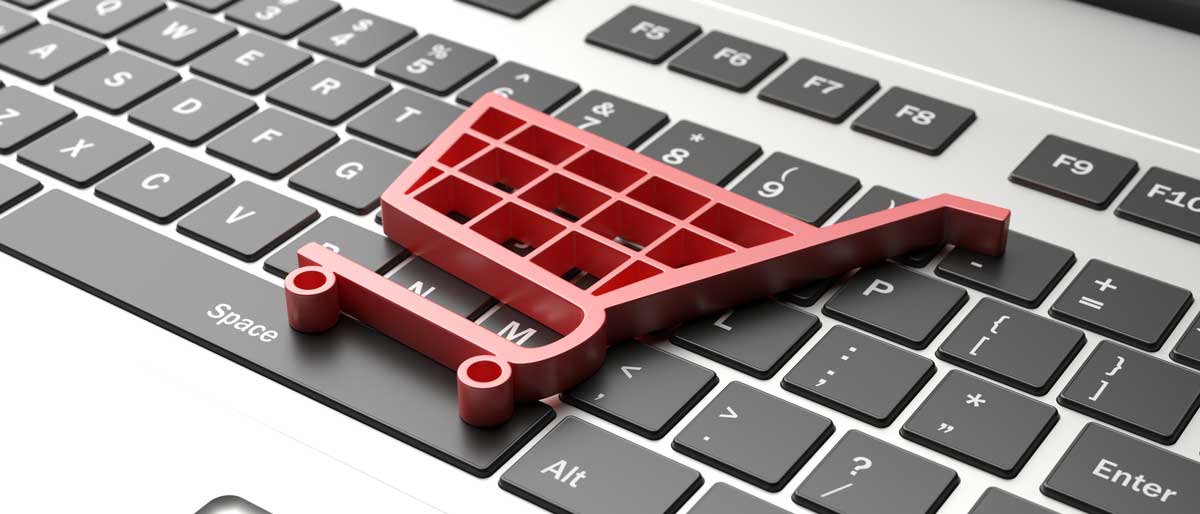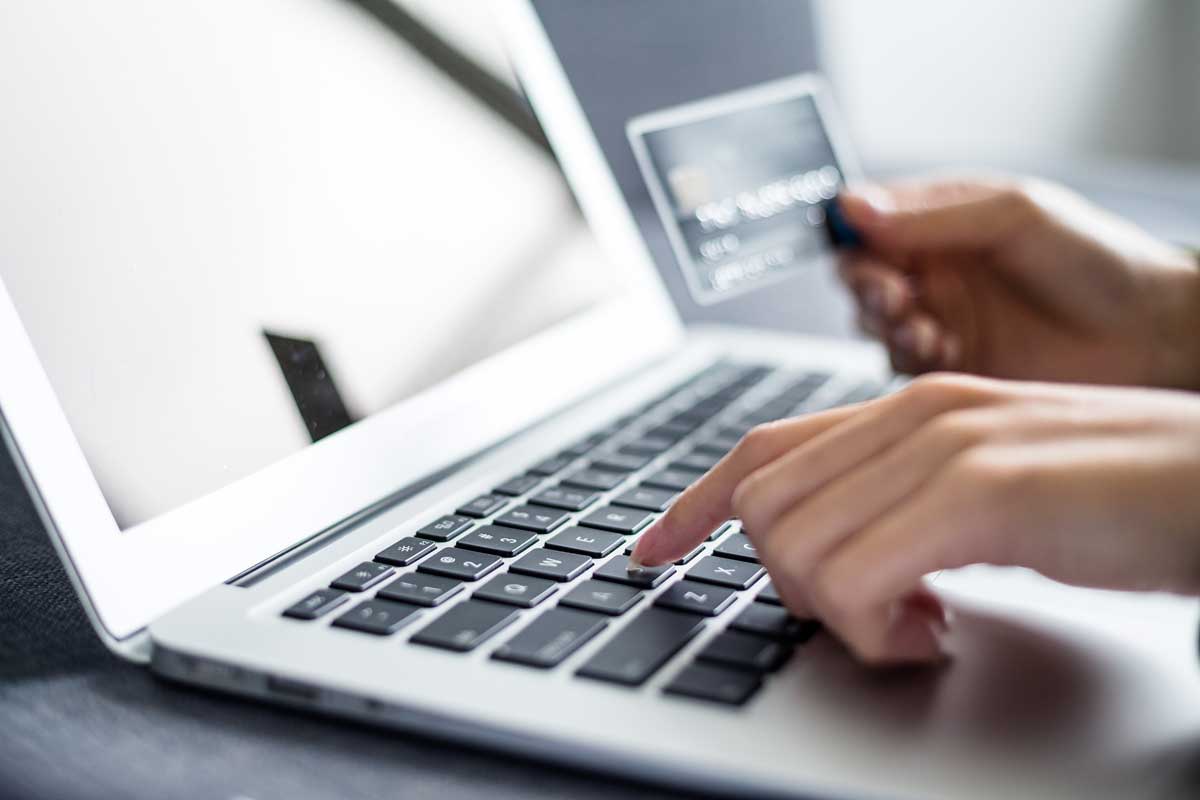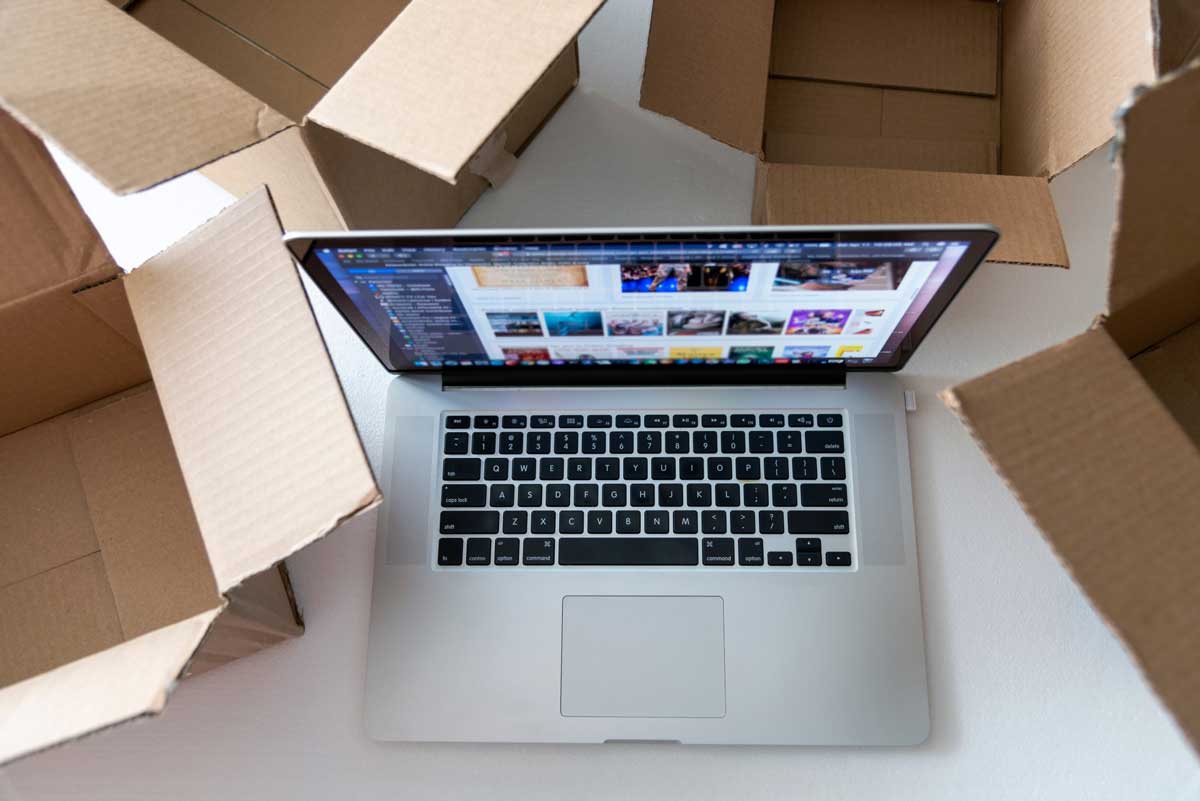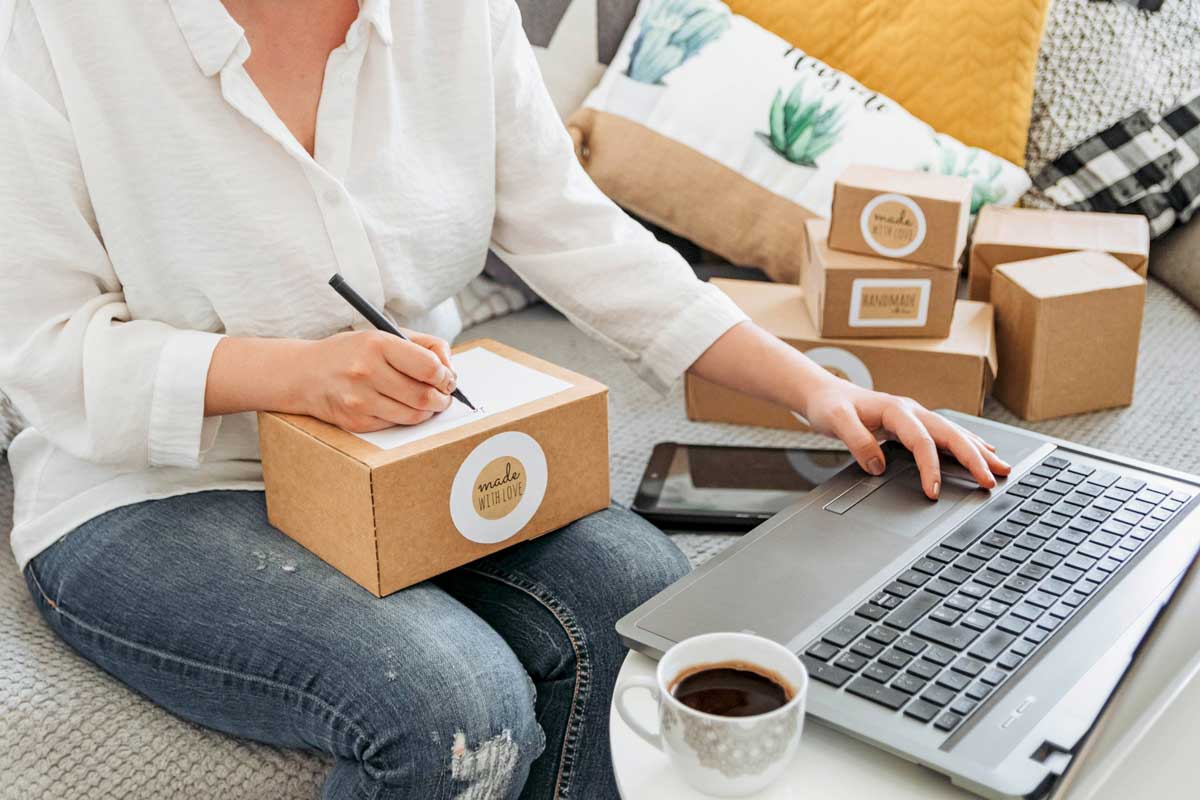My guess is you stumbled across this blog post because you had heard about people flipping items for a profit on Amazon. I remember when I first heard about the idea — I was sitting in a car listening to a podcast interview about a couple who was going to the store and buying a bunch of clearance items to flip.
I’ll be honest. It sounded like a scam to me. How in the world could someone profit by purchasing items at one location and then selling them at another? I had always been taught to question something when it sounds too good to be true.
After doing some research, I decided to go ahead and give selling on Amazon a try. And it worked. I was able to take a few Mickey Mouse toys from Walgreens and sell them on Amazon in under a week. I was impressed with the fact that the process actually worked and even more impressed with the opportunities that were out there.
I imagine you want to learn a few things about Amazon flipping & selling. That’s where this blog post comes in.
I have put a selling guide together to teach you how to flip items on Amazon.
My inspiration is to help out those who are just getting started to sell on Amazon and need to understand the lay of the land. I’m a teacher by nature and I hope that you are able to learn a thing or two from this Amazon Flipping Guide. Once you make sure you understand the basics, you can start flipping yourself and building a business by selling on Amazon.
Why Use Amazon FBA To Flip?
Let’s start with the first question:
Why should we use Amazon (specifically Fulfillment by Amazon) to flip products online?
First off, Amazon is the world’s leading online marketplace. This online platform allows sellers to showcase their products for sale to numerous potential buyers.
Second, Amazon FBA makes the life of a seller an easy business opportunity to acquire money.
With the Amazon FBA program, it is even easier for new sellers to thrive, scale up, and make some money as an Amazon seller selling products. Fulfillment by Amazon (FBA) refers to a fulfillment method in which Amazon takes full responsibility for the delivery and shipment process of your product orders. They even handle the returns and customer service on your behalf.
Amazon FBA sellers just need to get their inventory into an Amazon warehouse and Amazon handles the rest. It’s like you have your own personal warehouse and staff, but without the overhead.
Although these fulfillment services by Amazon cost a little extra money for sellers, it makes your life a lot easier, and they give you the ability to scale without having to buy a warehouse or hire tons of workers for shipping.
It is a good way to free sellers up from shipping products and can help you get out into different stores to continue to source and find amazing flips.

Getting Started As An Amazon FBA seller
Ok – Next question: How do I get started with selling?
First, you need to sign up for an Amazon seller account. You can do that here.
Think about an account as giving yourself a shelf in the store we call Amazon. A seller account gives you access to the Amazon marketplace and gives you the ability to list inventory for sale.
Your Amazon seller account also gives you access to the FBA services that I mentioned above.
It also gives you access to the free Amazon seller app on your phone. You’ll want this to scan a product in a store to see if you want to buy it (more on that in a bit).
Now that you have a way for selling things, we need to find some inventory products to sell.
Finding Items for Amazon Flipping
Next question: Where do I find items to sell on Amazon FBA?
There are actually a few different ways to find products to flip, but they are typically divided into retail and online arbitrage.
That word arbitrage might be a new one for you. What is that?
Arbitrage is the process of finding an item in one marketplace at a low price and selling it in another marketplace at a higher price. If you are an economics buff like me, you know that arbitrage is a needed form of speculation that helps to balance markets out and fulfill demand when supply is low in a given market.
Why would someone buy something that is a higher price on Amazon? That seems dumb
You’re right. If you have the information, most people would always choose the lower priced item if everything else is the same.
But you are assuming that everyone has that information. Sometimes people do not know an item is lower priced at a store or another website. Sometimes people don’t have the time to shop and compare.
As FBA sellers, we take the time (and have the tools) to search for the lowest prices and largest price differences. That is what creates the profit margins and that’s why arbitrage works in our advantage for the business of selling.
The notions of retail and online arbitrage just explain where we are searching for these possible flips. Next, I’ll give you a rundown of each method of searching and a few tips and tricks to make purchasing and selling a lot easier.
The Difference Between Retail and Online Arbitrage
Now that we know what arbitrage is, it’s time to go into the differences between retail and online arbitrage.
Retail arbitrage (RA) on Amazon refers to visiting local stores to find profitable products you can flip on Amazon. This involves going into larger retail stores searching for clearance items, liquidation, or diminished stock to sell on Amazon for a good profit.
Overall, RA is pretty straightforward. You walk into a store, scan items with your phone, find the items that you can sell for a profit, buy those items, and send them to Amazon.
You can do this in stores like Walmart, Target, Walgreens, and any other store where you can get a good cell phone signal.
With RA, you end up finding many strange items. I can remember shopping before a golf tournament one day and finding discounted condoms at our local Kroger store.
I ended up buying 5 packs and a few bottles of cheap wine (birdie juice for those who play in golf tournaments). The look on the sales cashier’s face was priceless, but I ended up making enough to pay for my entire golf tournament (plus drinks).
As you can imagine, it takes quite a bit of time to scan every item in a clearance aisle. Even though the odds are favorable, out of every 100 items you scan, you might find 3-4 that are a great deal.
The other downfall of RA is you are limited by geographical location. I can only visit stores that are within a day’s drive and I can only go to one store at a time.
On the other hand, online arbitrage is the process of finding deals on online stores. This involves searching through different websites, comparing prices, and finding deals.
Just like RA, online arbitrage (OA) is pretty straightforward as well. You search a website, you compare the prices, and order the products that can make you money.
Instead of boring you with all of the exact details, I suggest you read our ultimate guide to online arbitrage. It walks you through all of the basics you need to know and it provides many tips and tricks that can help you get started finding deals today.

Retail Arbitrage vs. Online Arbitrage
The next question I typically get is: Should I do RA or online arbitrage?
I’m in the camp that supports doing both. Pretty much, I’ll do anything I can to make money, so I don’t limit myself to only picking one or the other. I actually love scanning items in a store while Tactical Arbitrage is searching for deals online.
If you only have the time to do one, I would recommend online arbitrage. The reason I would recommend online arbitrage is the fact that you can search for sales for selling anywhere and at any time.
I have personally sourced while I was on vacation and I try to find deals each morning while my kid and wife sleep.
There are also a number of great tools on the market that make searching for deals online much easier than scanning items on a shelf. The best and most comprehensive tool on the market is Tactical Arbitrage.
It allows you to search hundreds of stores and it does the heavy lifting for you. Nothing is better than waking up and finding an inventory of good deals for me to purchase & sell.
Regardless of the method you choose, there are opportunities to make some serious money if you stick to your business plan and buy deals without emotion.
Finding Items Via Retail Arbitrage to Flip
We have spent a good amount of time talking about the types of ways to find deals, but now let’s walk through how to actually find the said deals.
If you are doing RA, you need to have the Amazon Seller app downloaded on your phone and you need to have that phone fully charged. Then you head to your local store and start scanning.
When it comes to scanning, I always like to start with the clearance aisles as they have the best opportunity for great deals. I look for products that have a heavy clearance discount and give them a scan.
The information pops up on the app and I do some quick math to see if it is a profitable product to purchase. If it is, it goes in the cart. If not, I move on to the next item.
Things you should consider:
- Are you able to sell in the category that the product is listed in? If not, don’t waste your time scanning that item.
- We need to make sure the item you buy is actually going to sell. That’s where the sales rank comes in. The lower the number, the quicker the item sells.
- Look for items that have multiple units on the shelf. This makes life easier and you have the chance to scan once and find a lot of profit.
Once you fill your cart, you head to the front and check out. Sometimes you get weird looks, but you’ll be laughing when the item sells and you make some cash.

Finding Items via Online Arbitrage to Flip
Online arbitrage is very similar to RA, but it is done in an online environment.
To make life easier & free up some minutes, here are the basics you need to do in order to find flips via online arbitrage:
- You head to an online retail website and look for items that are lower in price on that site than they are on Amazon.
- You compare the price difference to a set of criteria you have created (more on that later) and you see if the product actually sells on Amazon (more on how to do that too).
- If they fit your criteria, place your order, and have the items delivered to your doorstep.
- Once your order arrives on your doorstep, unpack the products and list & set your price for your products on Amazon.
- Ship them off to the Amazon FBA fulfillment center
- Make yourself a nice cocktail and wait for the item to sell on Amazon.
- Receive your profit and repeat the process.
If it sounds easy, that’s because it actually is. The hardest part about the whole operation is finding the deals to flip, but the rest of the process is as easy as sitting, waiting, unpacking, packing, and waiting some more.
Final Thoughts
As we have seen, there are many opportunities out there to make money buying and selling items on Amazon. You can find items to sell by searching in your local shop or by looking across the internet for different deals and product opportunities.
The best advice I can give you is to just start scanning. Scan in your local Walmart or Target. Scan different online stores. Scan while you sleep with Tactical Arbitrage. Just keep scanning.
The more you scan, the more you learn and the more opportunities you have to make money flipping items on Amazon. You never know when you will find an item that can pay for your golf outing or when you will learn something that will keep your business running for years to come.
This guide is a great place to start, but there is a lot of additional information out there once you get your feet under you and start making a profit. I’ll also toss this piece of advice out there.
Never stop learning.
Keep reading and keep growing as a seller. The more you know, the more opportunities you will find.

